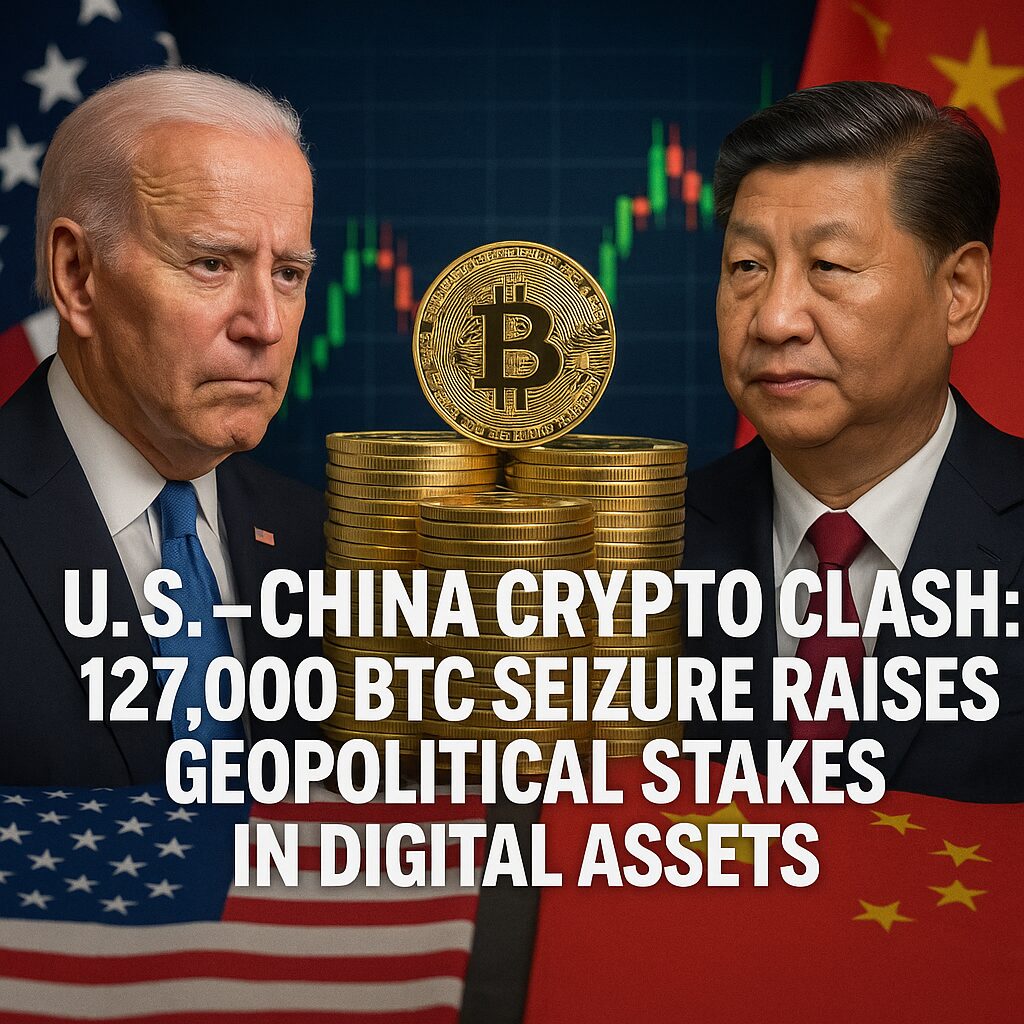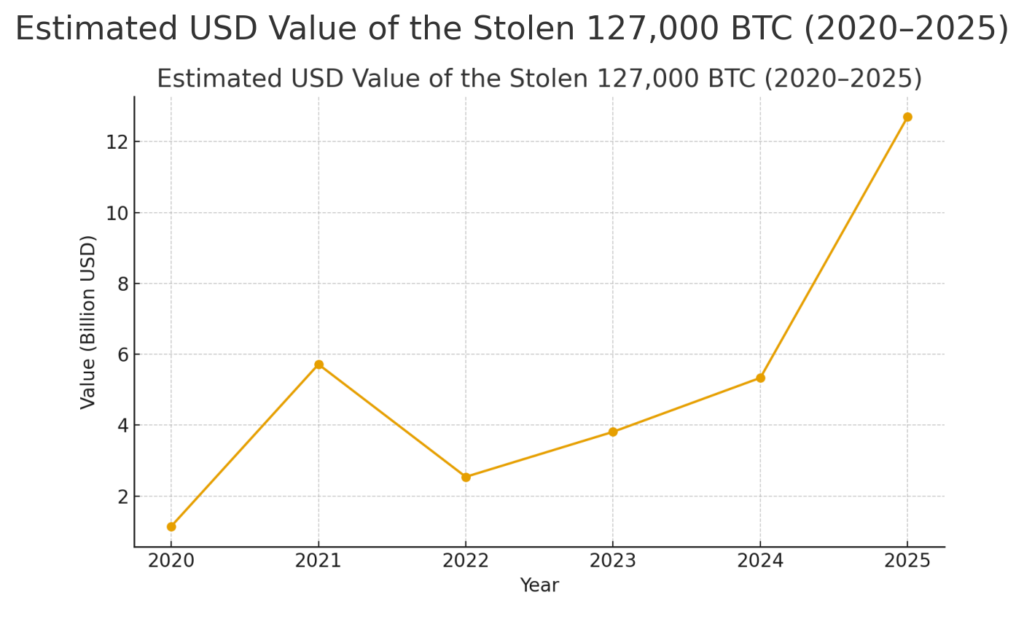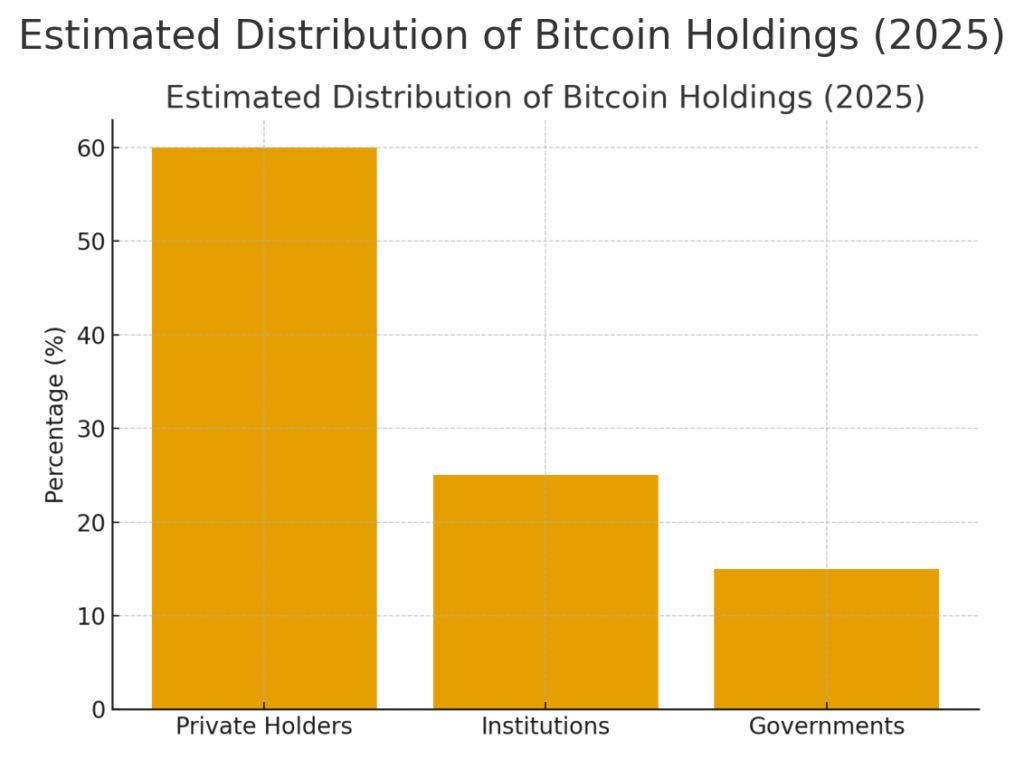
Main Points :
- China’s cybersecurity agency claims that the United States seized ~127,000 BTC (worth about US $13 billion) stolen in a 2020 hack of the Chinese mining pool LuBian Mining Pool.
- The Chinese body National Computer Virus Emergency Response Center (CVERC) alleges the hack was executed by a “state-level hacking organisation” and that the U.S. seizure was part of a larger long-term operation.
- The U.S. government (via the United States Department of Justice) maintains the seizure was a legitimate law-enforcement action targeting criminal proceeds linked to fraud, not a covert state hack.
- Blockchain analytics firm Arkham Intelligence traced the movement of the stolen coins: dormant for nearly four years, then transferred in mid-2024 to wallets tagged as U.S. government-controlled.
- The dispute underscores how large-scale crypto assets are becoming tools of geopolitical tension, and raises implications for market sentiment, asset flow, and institutional strategy.
The 2020 Hack and Its Fallout

In December 2020, the LuBian Mining Pool in China was hit by a massive breach that saw approximately 127,000 BTC stolen. At that time, given the lower price of Bitcoin, the value was significantly less than today.
According to CVERC, the hack was carried out with the sophistication of a “state-level hacking organisation” rather than typical cyber-criminals. For nearly four years the stolen coins remained dormant, which is unusual for standard cyber-theft operations, where attackers typically try to monetize quickly.
Mid-2024 saw the funds transferred to new wallets. At that point blockchain forensic firms flagged the targets as belonging to the U.S. government.
China now claims that the U.S. seizure in 2025 (or the movement of these assets) was not simply law-enforcement but part of a covert operation tied to the original hack. The suggestion is: the U.S. either orchestrated or directly benefited from the hack, or at least that the asset flows were connected. CVERC further argues this is not about criminal proceeds but about state-level control of digital assets.
U.S. Government’s Position and Response
The U.S. Department of Justice and Treasury maintain that the coins in question were legitimately seized as part of criminal investigations—specifically linked to charges against Cambodian businessman Chen Zhi (chairman of the Prince Group) for operating large-scale crypto fraud.
From their perspective, the hack is collateral, and the seizure is consistent with standard U.S. law-enforcement practice targeting illicit proceeds. They reject the allegation that the U.S. acted as a hacker or orchestrator.
Why It Matters for Crypto Investors & Practitioners

Geopolitical Risk Becomes Crypto Risk
For investors and ecosystem participants, this dispute highlights that crypto assets are no longer just financial instruments but are now entrenched in global geopolitical power plays. A US-China confrontation over 127,000 BTC (≈ US$13 billion) underscores how sovereign states view large holdings of crypto as strategic assets.
Market & Supply-Side Implications
When such large volumes of Bitcoin are contested or locked by state authority, the available circulating supply may shrink, which can support higher price levels in the long term but also raise short-term liquidity and volatility risks. Analysts noted the dispute could “reshuffle” Bitcoin’s supply narrative.
On-Chain Forensics, Transparency and Trust
The fact that blockchain analytics firms can trace movements of large coffers to government-tagged wallets emphasizes the importance of on-chain transparency. For practitioners designing blockchain solutions, wallet design, monitoring of large flows, and attribution risk must now account for state-level actors.
Implications for New Assets and Ecosystems
For those seeking next-generation crypto projects or practical blockchain use cases, this episode stresses that regulatory and sovereign risks are real. Infrastructure and token issuances must have strong compliance, forensic monitoring, and be ready for sudden macro-policy shifts.
What Comes Next: Trends & Watch-Points

- State-Crypto Reserves and Seizures: With states accumulating crypto, either as reserves or through enforcement actions, we may see more sovereign wallets holding large volumes of assets, impacting liquidity and market dynamics.
- Cross-Border Crypto Enforcement: The U.S.–China case may set a precedent for how stolen or illicit crypto is treated internationally, and whether states can reclaim or litigate holdings across borders.
- Market Volatility from Macro Shocks: As large transactions or seizures surface, market sentiment may shift rapidly—opportunities for contrarian or thematic plays exist but so do high risks.
- Infrastructure Focus on Security & Attribution: Especially for new tokens, layers, wallets and services, ensuring robust key-generation, monitoring large flows, and having transparent audit trails will matter more than ever.
- Altcoin and Layer-2 Upside Potential: With Bitcoin’s supply under strategic control, capital may rotate into altcoins or Layer-2 ecosystems offering next-wave utility—these spaces could see strong interest from the investor base you represent.
Conclusion
The unfolding confrontation between China and the U.S. over 127,000 BTC from the 2020 LuBian hack is more than a headline—it signals a shift in the nature of crypto assets. No longer purely decentralised commodities, they are now entangled with state power, asset control, and geopolitical risk.
For investors hunting new assets or builders crafting blockchain infrastructure, this means heightened awareness of real-world political dynamics, supply-chain control of tokens, and security beyond code—down to nation-state behaviour.
This episode reinforces the idea that successful crypto strategies will combine technical innovation (new tokens, DeFi rails, Layer-2s) with geopolitical, regulatory and forensic insight. The future belongs not just to the fast-moving tokens, but to those built with operational resilience, compliance readiness and an understanding of crypto’s emerging role in statecraft.

